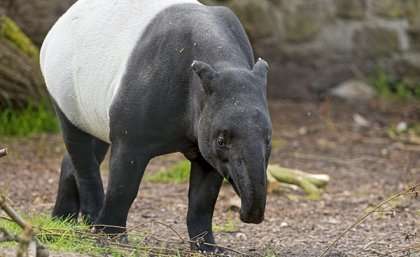MELBOURNE: Human footprints are the biggest risk factor in the extinction of a quarter of all land-based mammals, according to a study.
The research, published in the journal Nature Communications, compared a 16-year trend in the global human footprint with the extinction risk of around 4,500 land-based mammal species.
“We live in an era when one in every four mammal species is at risk of going extinct,” said Moreno Di Marco from the University of Queensland in Australia.
“But with more than 5,600 mammal species globally, it’s time consuming and expensive to track the changes for every species,” Marco said.
“To get a clearer idea of what’s systematically leading to these declines, we decided to combine mapping of human pressures with extinction risk assessment data for mammal species,” he said.
The researchers found that human footprint was linked strongly to extinction risk change for land-based mammals — more than any other variable they tested.
“Human impacts in areas originally in a natural or semi-natural state — those with a footprint of only three or below on a zero-to-50 scale — were the main driver of extinction risk change in mammal species,” Marco said.
“In terms of conservation efforts, it makes us look twice at what high-impact human activities really are, since even seemingly low-level impacts are decimating species,” said James Watson, a professor at the University of Queensland.
“What we have created has huge potential to provide rapid assessment of species extinction risk, without having to go through extensive expert consultation every time,” he said.
“It has the potential to change how we assess biodiversity conservation status globally,” Watson said. (AGENCIES)


